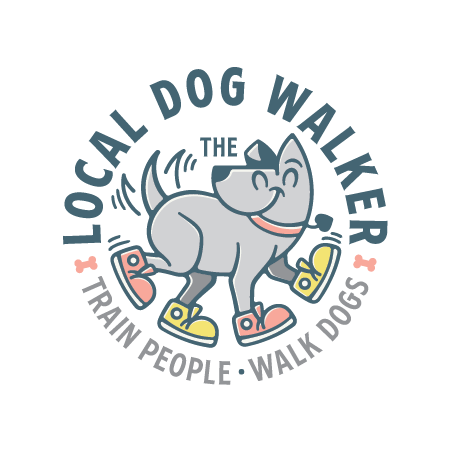Elevated Food Bowls
Elevating a dog's food bowl is not necessarily important for all dogs and may not be necessary. In fact, there isn't conclusive scientific evidence to support the widespread practice of elevating a dog's food bowl. However, there are some situations where elevating the food bowl might be considered:
Large or giant breeds: Some large or giant breeds are more prone to bloat, a potentially life-threatening condition where the stomach fills with gas and twists. In these cases, some veterinarians recommend elevating the food bowl to help prevent rapid eating, which can be a risk factor for bloat. Note: This is also a possibility of causing bloat! The thinking behind this is that the food bowl is at an easier height for the dog to more quickly consume their food.
Dogs with certain health conditions: Dogs with specific medical conditions, such as megaesophagus (a condition where the esophagus is enlarged and has reduced muscle tone), might benefit from eating from an elevated bowl to help food and water travel more easily to the stomach.
Older dogs or those with joint issues: Dogs with arthritis or joint problems may find it more comfortable to eat from an elevated bowl that doesn't require them to bend down as much.
Your vet recommends it for your individual dog
It's important to note that elevating a dog's food bowl is not recommended for all dogs and can potentially lead to negative effects, such as increased risk of bloat in certain cases or the development of bad posture if used incorrectly. If you're considering elevating your dog's food bowl, it's best to consult with your veterinarian first to determine whether it's necessary and appropriate for your dog's individual needs.
If you’re interested in the inconclusive study done by Glickman about elevating food bowls: https://pubmed.ncbi.nlm.nih.gov/11128539/

